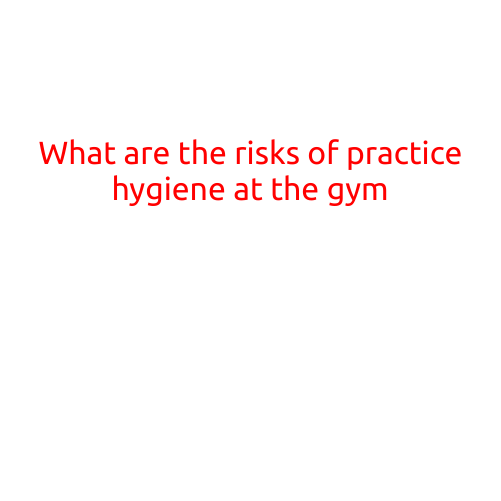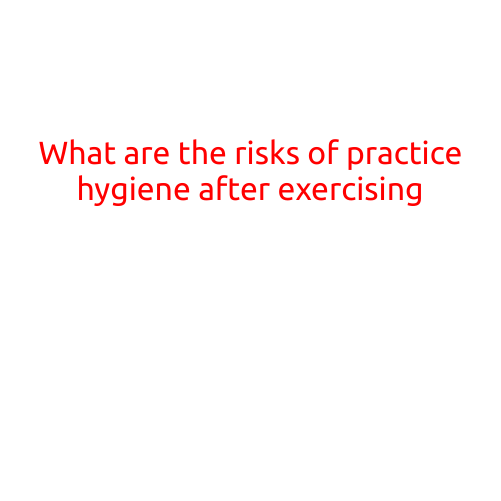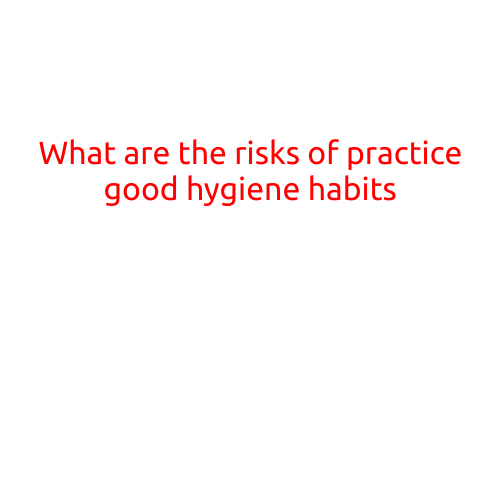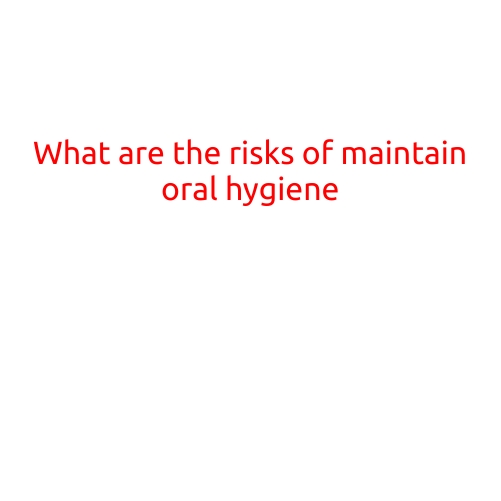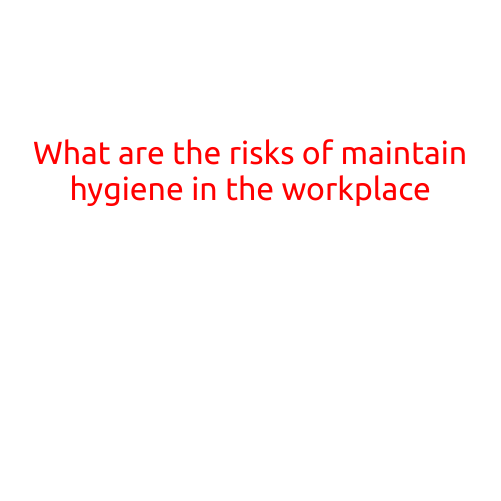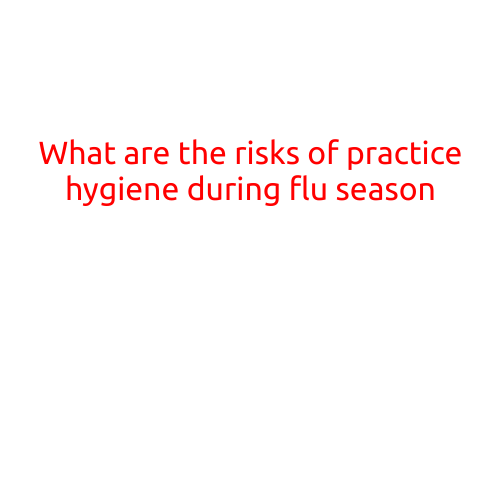
What are the Risks of Poor Practice Hygiene During Flu Season?
As the flu season approaches, it’s essential for healthcare professionals to prioritize practice hygiene to prevent the spread of infections. However, many practices sometimes cut corners on hygiene protocols, putting patients and staff at risk. In this article, we’ll discuss the risks associated with poor practice hygiene during flu season and provide guidance on how to implement effective hygiene practices.
Risks of Poor Practice Hygiene
- Patient Safety: When healthcare professionals don’t follow proper hygiene protocols, they can transmit infections from one patient to another. This can lead to serious health complications, particularly among vulnerable populations such as the elderly, young children, and those with compromised immune systems.
- Staff Infection: Poor hygiene practices can also lead to staff infection, causing absenteeism and decreased productivity. This can lead to understaffing, compromising the quality of care provided to patients.
- Reputation Damage: In the event of an outbreak or infection transmission, a practice’s reputation can suffer significantly. This can result in a loss of patient trust and loyalty, making it challenging to recover.
- Regulatory Concerns: Failure to adhere to hygiene guidelines can lead to regulatory action, including fines and even closure of the practice.
Common Sources of Poor Practice Hygiene
- Lack of Hand Hygiene: Not washing hands frequently and properly, especially during patient care, is a significant risk factor.
- Inadequate Disinfection: Failure to disinfect equipment, surfaces, and patient areas can lead to the spread of infections.
- Insufficient Personal Protective Equipment (PPE): Not using PPE, such as gloves, masks, and gowns, when caring for patients with suspected or confirmed infections can put healthcare workers and patients at risk.
- Poor Cleaning and Disinfection Schedules: Not cleaning and disinfecting high-touch areas and patient rooms regularly can lead to the accumulation of germs and pathogens.
Best Practices for Effective Hygiene
- Hand Hygiene: Ensure that healthcare professionals wash their hands frequently, using soap and water for at least 20 seconds, especially after each patient encounter.
- Disinfection and Cleaning: Develop and implement a cleaning and disinfection schedule for all equipment, surfaces, and patient areas. Ensure that all staff members understand the importance of disinfection and cleaning.
- Personal Protective Equipment (PPE): Use PPE consistently when caring for patients with suspected or confirmed infections.
- Education and Training: Provide regular training and education to staff members on hygiene practices, ensuring everyone understands the importance of maintaining a clean and safe environment.
- Monitoring and Feedback: Regularly monitor hygiene practices and provide feedback to staff members to ensure compliance and identify areas for improvement.
Consequences of Poor Hygiene
The consequences of poor hygiene during flu season can be severe, including:
- Increased Patient Mortality: Infections spread through poor hygiene practices can lead to increased patient mortality.
- Legal Action: Failure to adhere to hygiene guidelines can result in legal action and significant financial penalties.
- Reputation Damage: Poor hygiene practices can cause irreparable damage to a practice’s reputation, resulting in a loss of patient trust and loyalty.
Conclusion
As healthcare professionals, it’s crucial to prioritize practice hygiene to prevent the spread of infections during flu season. By understanding the risks associated with poor hygiene practices and implementing effective hygiene protocols, we can protect patients and staff, maintain a positive reputation, and ensure the quality of care provided. Remember, poor hygiene practices can have serious consequences, and it’s essential to prioritize patient safety above all else.
